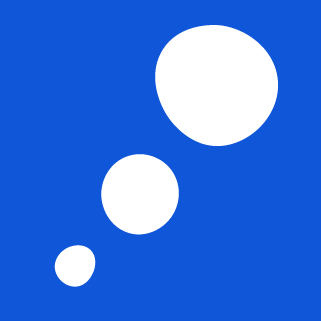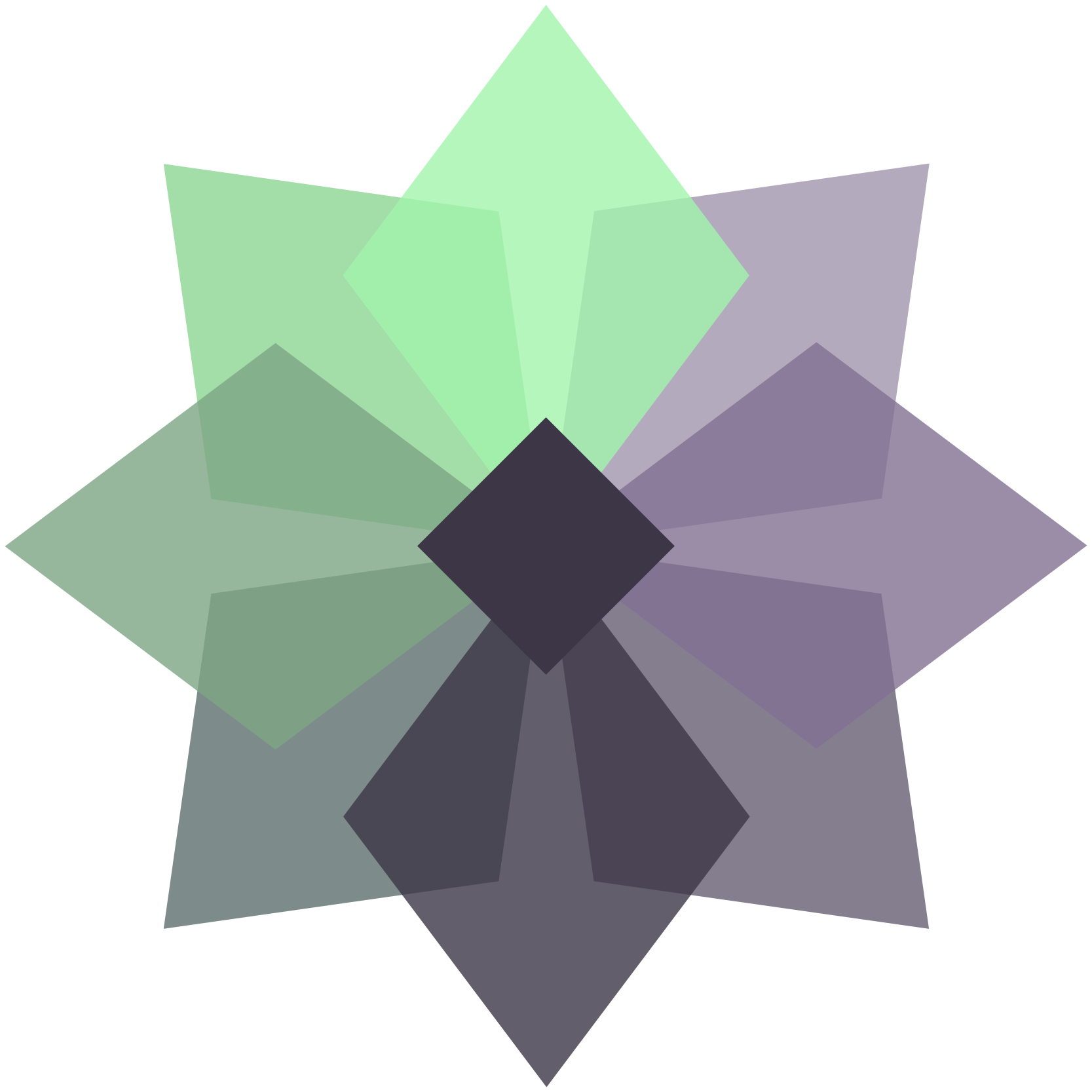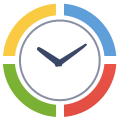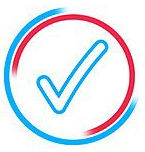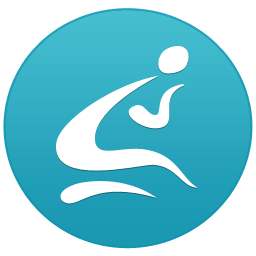Best Project Management Software
Project Management Software is the main online and collaborative app and project management tool that allows both managers and workers to track the current status of their projects. Such software is suitable for both SMBs and large companies, and is designed with the aim of systematizing the work of your company and helping it build a work sequence. Not only does the software allow you to work on several tasks simultaneously, but it also helps you prioritize your tasks. The software is invaluable for the companies that want to establish teamwork, control project deadlines, set tasks and count time and workload in order to improve the efficiency of their employees.
Trello is a collaboration tool that organizes your projects into boards. In one glance, Trello tells you what's being worked on, who's working on what, and where something is in a process.
BigTime is the access-anywhere operating system behind the greatest consulting firms on the planet. We help accountants, architects, engineers, IT-services firms, scientific and management consultants budget, track and bill their most important asset - time.
MindGenius is a software company based in Scotland specialising in Mind Mapping and Project Management applications. The MindGenius business was spun out of Gael Ltd in 2008 to create a separate entity to focus exclusively on visual mapping tools and has grown to have customers in over 100 countries across the world.
Taiga is an easy and intuitive yet powerful project management tool for multi-functional agile teams. It has a rich and complete feature set and extensive customization options. At the same time it is very simple to start with through the intuitive user interface.
actiTIME is a time tracking software that provides a convenient way to manage project scope, assign tasks, keep track of time spent on tasks and analyze your business performance based on the collected data.
Zenkit Base is a collaborative platform that helps users to stay organized. This SaaS solution allows individuals and businesses to manage projects, build databases, and more. Zenkit Base is fully integrated with other products in the Zenkit Universe, which makes it easy to manage all your data. Zenkit Base is flexible enough to fit any workflow and powerful enough to run your business on.
WiseTeam is a flexible CRM and project management software. The system combines all tools necessary to manage your business in one place. Track and manage your clients' entire life-cycle, from sales opportunities to projects and tasks and eventually to customer service and invoicing.
Ganttic is a resource management and project portfolio planning platform ideal for planning people, equipment, facilities, etc. Create plans from the POV of resources or projects, with customizable views and reports using your unique data. For over 10 years, Ganttic has provided clients a shareable and flexible platform for a transparent overview and more informed decision making.
Admation was specifically created for marketing teams, brands and ad agencies to help them manage their creative projects from initial project brief, online proofing, collaboration through to approval of final marketing assets and content.
RationalPlan is a project management software designed to help both teams and project managers to create consistent project plans, allocate resources and analyze workload. You can track work progress, estimate project costs and manage budgets. It will help you to complete your projects as scheduled, on time and within budget.
One tool that brings together flexibility of spreadsheets, power of databases and built-in integrations with your favorite business apps. Use it to automate workflows, build custom tools, collaborate with your teams and organize anything, really.
Airtable is a low-code platform for building collaborative apps. Customize your workflow, collaborate, and achieve ambitious outcomes.
The profile of the vendor is not complete.
Check other solutions below:
Why do we need Project Management services
At some point in time, it becomes very difficult to manage the process of creating. You just cannot keep all tasks in mind, it's difficult for you to give comments to employees, and what you write to each other in chats is forgotten after a week. Deadlines are failed and you run out of the project budget.
Project Management systems are designed to help managers to organize teamwork more effectively.
These kinds of apps become the core of your workflow. It is important to understand that Project Management Software is about projects, not workflow management. At first glance, this is a tautology, but it matters. Every project has a beginning and an end. There is a budget, there are stages of the project, there are people who will be reliable for different parts of the project. Project work is about non-repetitive business operations.
Let's take a web studio as an example. Every client wants to develop his website. At first glance, this is a standard business process. But clients are different, and their needs are different too. Website development for a photographer and website development for "BBC news" are completely different projects that require different efforts and different budgets. Each project is unique. The more unique the project, the more flexible the management.
How Project Management apps work
We can divide all work in Project Management tools into two roles. This is the task manager (Project manager) and the task executor. A project manager is like an "orchestra conductor". He tells who, when and what to do. The project manager sets the task, the deadline for its completion, and the person responsible for this task. The manager has a general vision of how the task is being completed and the project is being developed.
Project Management tools
-
Planning
Planning is the first pillar of Project Management. It helps managers to schedule a project and delegate tasks. Once you have a project team and a list of resources, you can use the Project Management system to schedule tasks, predict completion dates, and allocate resources accordingly.
-
Collaboration
Collaboration allows project participants to conduct task-based discussions, edit and comment on project files or documents, and communicate with each other in project-specific threads.
-
Reporting
Reporting is essential for all team members when it comes to updates for the project as a whole. However, this is also a huge advantage for project managers who want to make sure the project is progressing and tasks are being completed in time.
-
Kanban board
Kanban board helps you to visualize tasks, to limit work in progress, and to maximize productivity (or speed). With the help of cards and columns on the Kanban board, technical and service teams can understand how much work they should take on and accomplish adhering to the principles of constant improvement.
Each board consists of lists, inside of which there's a list of cards (i.e. tasks). For example, "Buy a frying pan" is a card, and the list to which it belongs may be called "Kitchen". A card can be tagged (for example, the name of the person responsible for executing the card). You can move cards from list to list, change their order, assign dates. You can use not only word markers but also color highlighting. And if you wish, delete the card.
-
Task Management
Task Management allows project team members to create, update, and manage tasks throughout the project lifecycle. As a central function of any Project Management Software, task management often extends to the visualization of project tasks on Kanban boards, Gantt charts, cascade dependence, and production charts.
-
Time management
Time management allows you to properly track and record data about the time of all activities using timers and schedules, as well as ensure that there are no overdue tasks.
-
Gantt Chart
You can plan your projects, schedule, and get work done in time with Gantt charts. This visual tool gives you the ability to organize all your tasks and resources in one place. Horizontal charts are widely used to plan projects of all sizes in various industries and niches. This is a convenient way to show you what work is scheduled to be done on a specific day and time. Gantt charts also help teams and project managers to monitor the start and end dates of any project. Everything in one space.
Who uses Project Management Software
Despite the name, Project Management Software is not just for project managers. They're also useful for each member of the team who is responsible for the process and development of the project and performs the tasks assigned to him. That is, we have employees who are involved in the implementation of the project, who need to know what they need to do and when.
- Project managers
Project managers control all actions and change any part of the project when it's necessary. Project managers are also involved in setting up and managing access rights for internal and external users.
- Partners
Partners such as contractors or third-party service providers that complement the company's offering.
- Leaders
Leaders primarily use analytics and reporting to monitor projects. In addition to details about the status of the project, managers also need information about the cost of allocated resources and the overall performance of each project.
- Clients
Clients can also use this type of software through dedicated portals to track the progress of one or more projects, provide feedback, and contact the service provider.
Which companies use Project Management Software
Project Management Software can be used in any kind of business where you need to coordinate projects along with tasks within these projects. Project Management Software helps to divide projects into separate tasks, analyze performance, create deadlines, and communicate between team members.
Let's take the building of a house for example. Our task is to build a house. I.e our project is building a house. Let's divide it into separate tasks: create a detailed project, fill the base, build walls, make a roof, decorate, and arrange the furniture. All these are separate tasks, not related to each other, but they exist within one project.
That is, Project Management Software is needed by those companies that have project ideas and non-repetitive tasks.
These apps are needed by companies, in most cases, that provide services (design studios, web developers, marketing agencies, everyone who makes some kind of services).
Task management tools vs Project Management tools
Both of these terms are used quite often. How are they different?
Let's first figure out when there's working on a project, and when on a task?
Task management tools are separated tasks that aren't related to project activities. For example, make a newsletter, send a document, pick up a child from kindergarten, etc. Just a list of tasks from different areas.
Project Management tools are the coordination of individual tasks within a single project. The project has a clear start and end dates.
Project Management trends
Agile is a product creation methodology that is followed by teams. The essence of Agile is that the team sets a goal for itself and accomplishes it in a certain period - iteration. You can make an analogy with a marathon: the team determines the distance that it plans to run in a certain time. Agile is not a manual that a team must follow. These are certain values and principles that will help to organize the work of the team.
Oddly enough, but the success of the project is connected with the understanding and awareness of people's emotions. EI can reliably predict performance, no matter what kind of work you do. It allows clients, team members, and management to communicate clearly, to solve problems effectively, and to act strategically and quickly. EI is now an essential technology for successful business operations. Understanding the emotions of the team members and communicating with different personalities will ensure that the project develops smoothly and steadily. It's an invaluable leadership ability for project managers around the world.
Artificial intelligence is exerting more and more influence in any niche. Today, the results of its implementation are clearly visible: chatbots, smart devices, autopilots, and much more. In Project Management, AI, first of all, will help to prioritize each task, as well as optimally allocate resources. No person can optimally calculate the time as well as a robot. Each complexity is primarily facilitated by the use of artificial intelligence. The more difficult the project is, the more benefit can be derived from AI.
The trend of working remotely is extremely common now and will continue to be like this in the future. There are many benefits when people work remotely. It offers a lot of flexibility and saves you a lot of time since you don't have to commute to work. Project and company costs are reduced, leading to the development of talent.
Possible problems with Project Management Software
Features. Not enough or too many features can be a significant problem for growing companies that have either outgrown existing software or implemented Project Management solutions that are too advanced for their needs. The best way to avoid this problem is to evaluate Project Management Software based on current and future needs.
Integration. Lack of integration between Project Management Software and other apps leads to information fragmentation, which can cause mistakes in the data processing. User adoption can also be negatively affected by the fact that employees need to use multiple systems and enter the same information into multiple ones.
Reporting. Standard reports and lack of analytics are a serious problem for legacy software. New software usually provides more flexible analytics or integration with business intelligence tools. Another problem is that more flexible analytics do not necessarily cover the need for advanced reporting. Buyers should evaluate vendors' ability to offer the optimal mix of analytics and flexibility to satisfy their specific needs.
Project Management features
- Creating and assigning tasks
- Priority of tasks
- Bulk Updates
- Recurring tasks
- Project map
- Views
- Planning
- Deadlines
- To-do lists
- Drag & Drop
- Calendar view
- Templates
- Dashboards




